Norfolk Pine Dropping Branches: What To Do For Branch Tips Falling Off Norfolk Pine
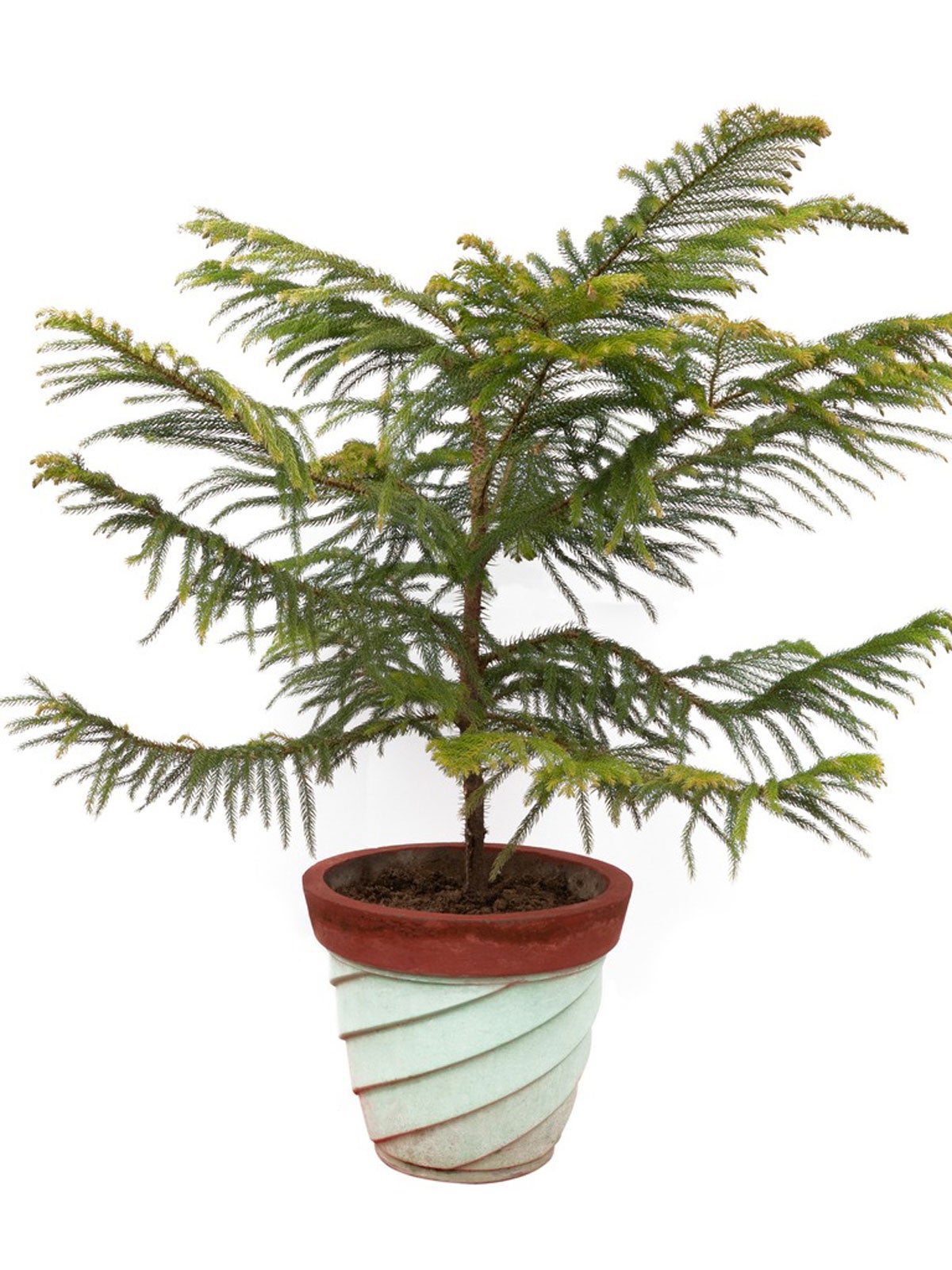

It just doesn't seem quite like the holidays without a brightly decorated tree sitting in the corner of the living room. Some people go with plastic trees that they can collapse into a box and others choose freshly cut pines, but gardeners in the know often choose Norfolk Island pines. Although not a true pine, Norfolk Island pines produce beautiful, scaly branches and leaves and adapts well to indoor life, making them true, living Christmas trees. These trees require special care to look their best. High humidity, plenty of bright light and reasonable fertilization are on the menu, and any Norfolk Island pine trouble shooting should start by examining these key ingredients. Branch drop in Norfolk pines is common and happens for a couple of reasons.
Norfolk Dropping Branches
Branches, needles or branch tips falling off Norfolk pine is a regular occurrence with these plants, even when conditions are ideal. As Norfolk Island pines grow, they may shed a few needles or even entire lower branches - this type of loss is natural and shouldn't cause too much concern. However, if brown, dry needles or branches appear widespread on your tree, you definitely need to pay attention. Widespread branch drop in Norfolk pines is usually caused by incorrect growing conditions. Low humidity, improper fertilization and improper watering are the typical culprits. Norfolk Island pines are tropical plants, originating in an environment where it rains frequently and the humidity stays high. You can replicate these conditions indoors, but it will take some effort on your part - Norfolk Island pines aren't plants that will thrive on neglect.
Correcting Branch Drop in Norfolk Pines
Norfolk Island pine trouble shooting begins with correcting environmental issues like water, humidity and fertilizer.
Water
When troubleshooting your Norfolk Island pine, start by examining your watering habits. Do you water frequently, but just a little bit at a time? Is your plant always standing in a pool of water in a saucer? Either of these situations can lead to problems. Before watering a Norfolk Island pine, check the soil moisture with your finger. If it feels dry about one inch below the surface, you need to water. Water your plant well when you do, providing enough irrigation that water runs out the holes in the bottom of the pot. Never leave them soaking in water, as this can lead to root rot. Always empty saucers right away or water your plants outside or in the sink.
Humidity
Even when watering is right, Norfolk dropping branches can be caused by improper humidity levels. Norfolk Island pines need approximately 50 percent relative humidity, which is difficult to achieve in many homes. Use a hygrometer to measure the humidity around your tree, as most homes will only be in the 15 to 20 percent range. You can increase humidity with a humidifier if your plant is in a sunroom, or add a basin of water filled with pebbles below your plant. The addition of large pebbles or rocks moves your plant out of direct contact with the water, keeping root rot at bay. If this still doesn't help, you may need to relocate the plant.
Fertilizer
A much less common problem for Norfolks is a lack of fertilization. Older plants need to be fertilized once every three or four months, where new plants or those recently repotted can wait four to six months for fertilizer. Repotting once every three or four years should be sufficient for most Norfolk Island pines.
Gardening tips, videos, info and more delivered right to your inbox!
Sign up for the Gardening Know How newsletter today and receive a free copy of our e-book "How to Grow Delicious Tomatoes".

Kristi Waterworth was a regular contributor to Gardening Know How for many years, answering countless queries on plant pests and diseases.
-
 12 Lush Alternatives To A Lawn For Sustainable Spaces
12 Lush Alternatives To A Lawn For Sustainable SpacesAlternatives to a lawn are beautiful and also beneficial to your local ecosystem and its pollinators. Explore our top picks for plants to replace grass.
By Tonya Barnett
-
 Types Of Tomatoes Explained: Explore The Many Wonderful Shapes, Colors, Flavors, & Best Uses
Types Of Tomatoes Explained: Explore The Many Wonderful Shapes, Colors, Flavors, & Best UsesThe world of tomato varieties is vast and fascinating. Learn about the key types to grow in your garden, tailored to your preferences and space.
By Amy Grant
-
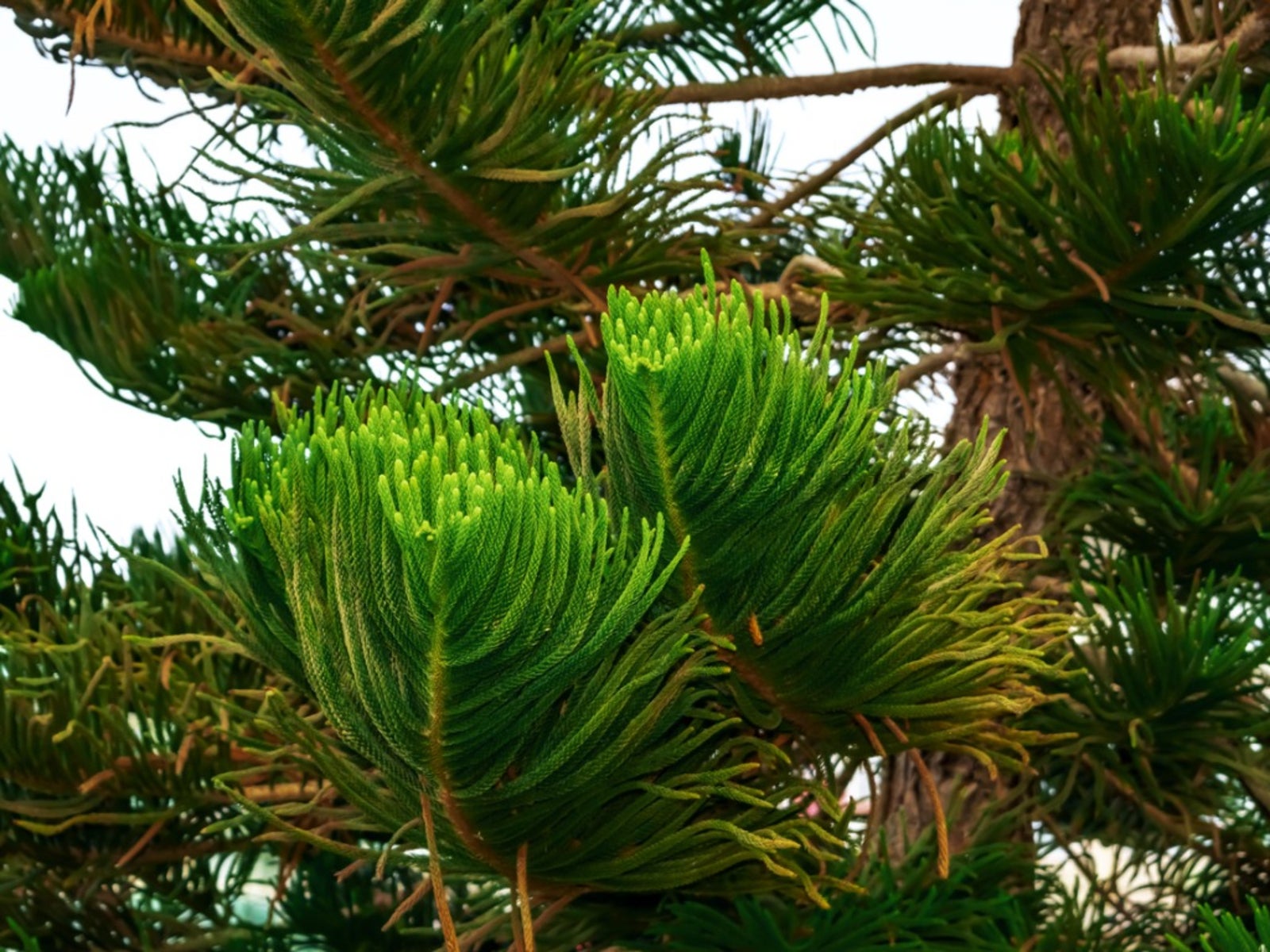 Yellow/Brown Norfolk Pine Leaves: My Norfolk Pine Is Turning Brown
Yellow/Brown Norfolk Pine Leaves: My Norfolk Pine Is Turning BrownIf the foliage of your lovely Norfolk pine is turning brown or yellow, jump in and try to determine the cause. Although most browning e results from problems with cultural care, it may also indicate diseases or pests. Click here for information on yellow/brown Norfolk pines.
By Teo Spengler
-
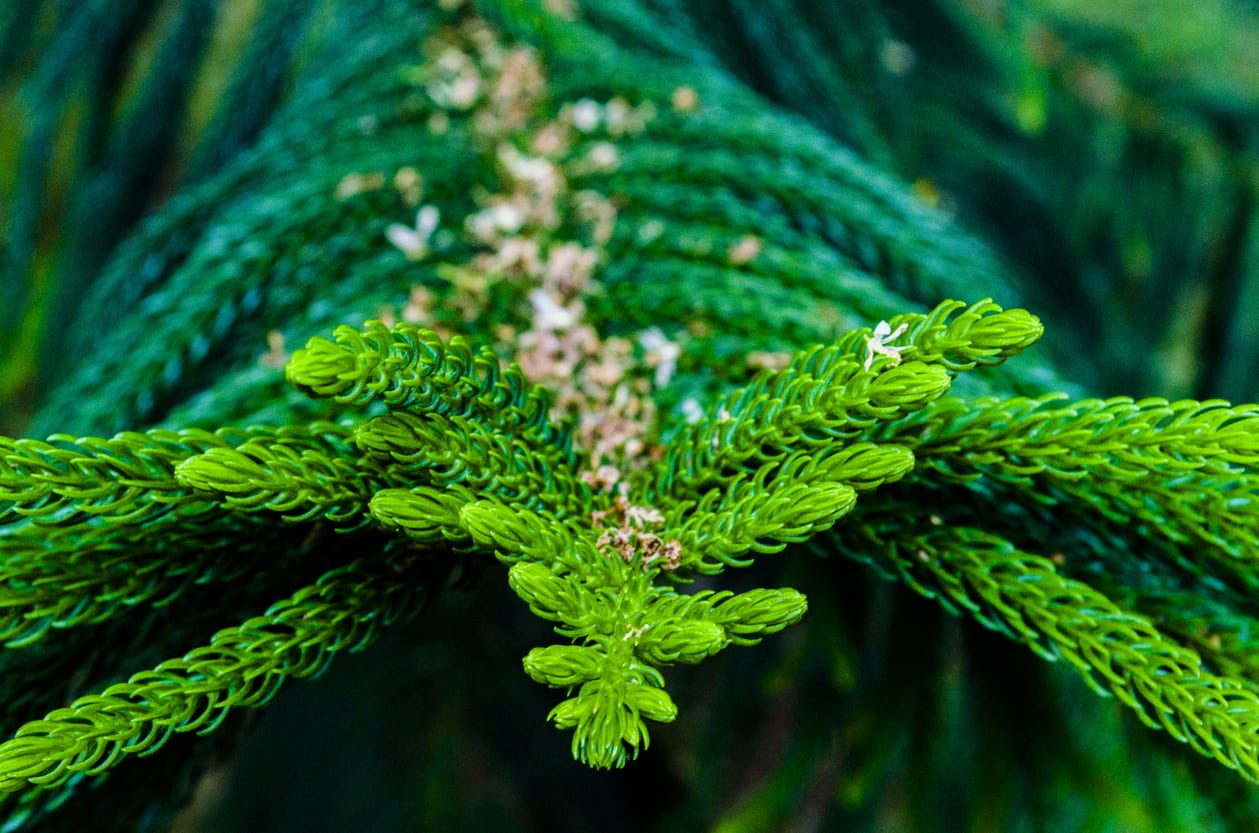 Norfolk Pine Water Requirements: Learn How To Water A Norfolk Pine Tree
Norfolk Pine Water Requirements: Learn How To Water A Norfolk Pine TreeNorfolk pines (also frequently called Norfolk Island pines) are big beautiful trees native to the Pacific Islands. But how much water does a Norfolk pine need? Click this article to learn more about Norfolk Island pine water requirements.
By Liz Baessler
-
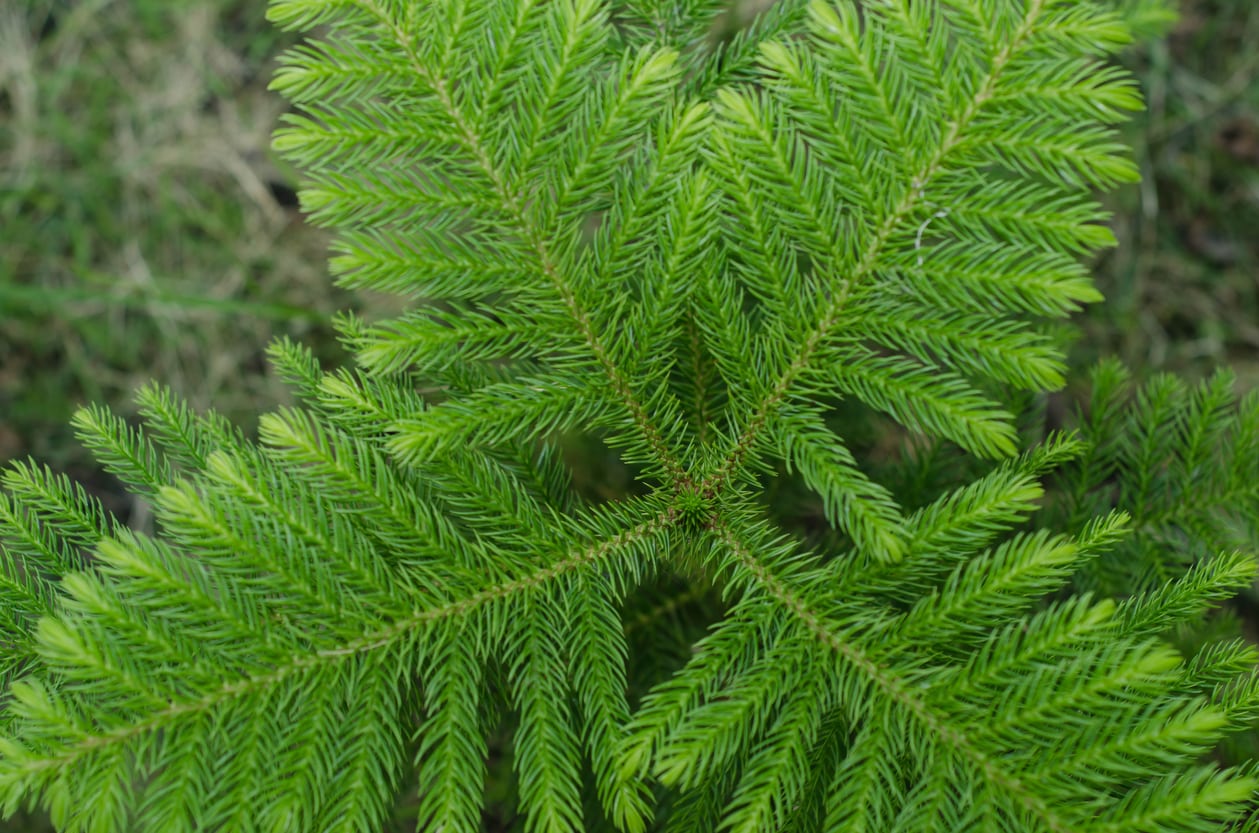 Fertilizing A Norfolk Island Pine Tree – How To Fertilize A Norfolk Island Pine
Fertilizing A Norfolk Island Pine Tree – How To Fertilize A Norfolk Island PineIn the wild, Norfolk Island pines are huge, towering specimens. They also perform very well in containers. But how much fertilizer does a Norfolk Island pine need to stay healthy? Click here to learn how to fertilize a Norfolk Island pine, both indoors and out.
By Liz Baessler
-
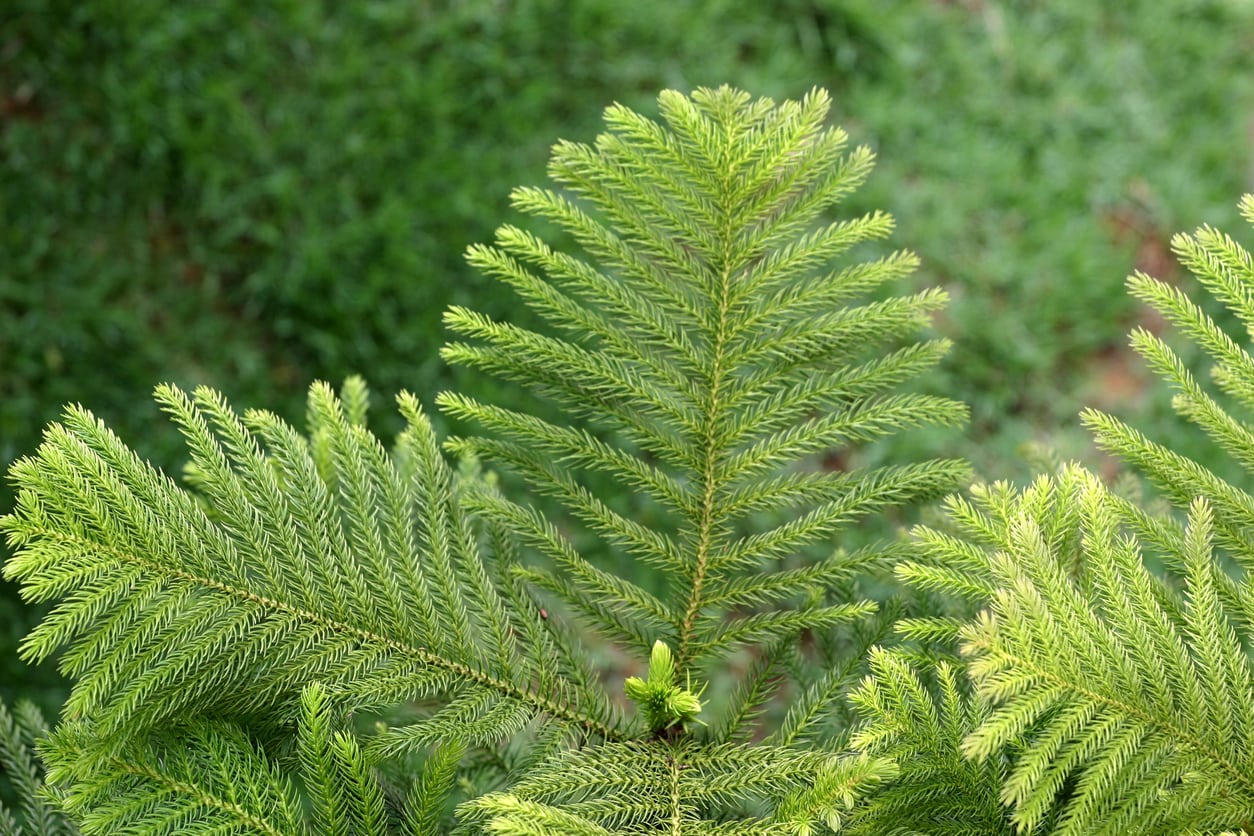 Can A Norfolk Island Pine Grow Outdoors – Planting Norfolk Pines In The Landscape
Can A Norfolk Island Pine Grow Outdoors – Planting Norfolk Pines In The LandscapeYou?re far more likely to see Norfolk Island pine in the living room than a Norfolk Island pine in the garden. Can a Norfolk Island pine grow outdoors? It can in the correct climate. Click here to learn about their cold tolerance and tips on caring for outdoor Norfolk Island pines.
By Teo Spengler
-
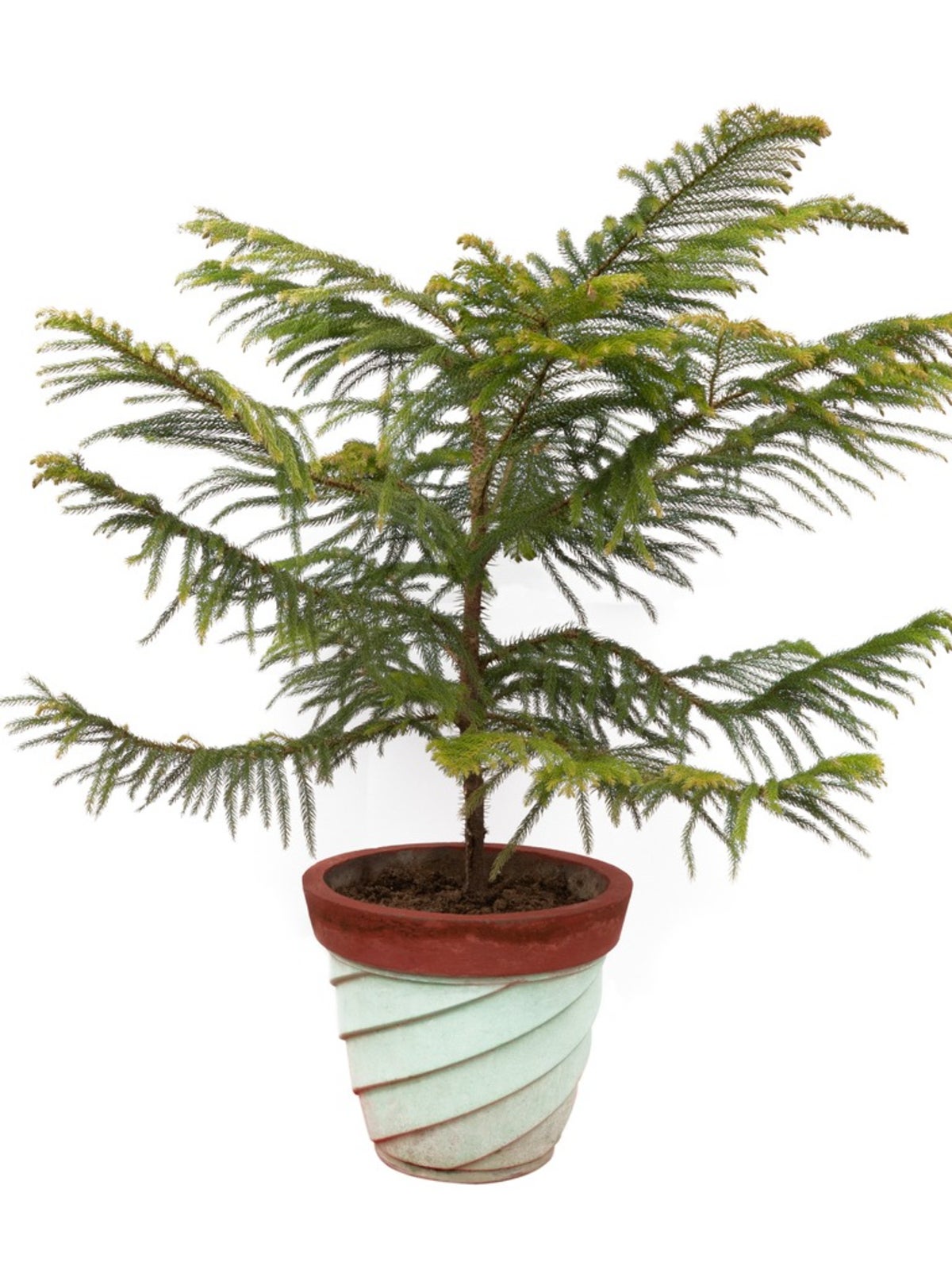 Norfolk Island Pine Repotting: Learn How To Repot A Norfolk Island Pine
Norfolk Island Pine Repotting: Learn How To Repot A Norfolk Island PineThe Norfolk Island pine thrives in warmer climates and can grow very tall, but when grown in containers it makes a nice, compact houseplant in any climate. Learn how to transplant your Norfolk so you can keep it happy and healthy in the following article.
By Mary Ellen Ellis
-
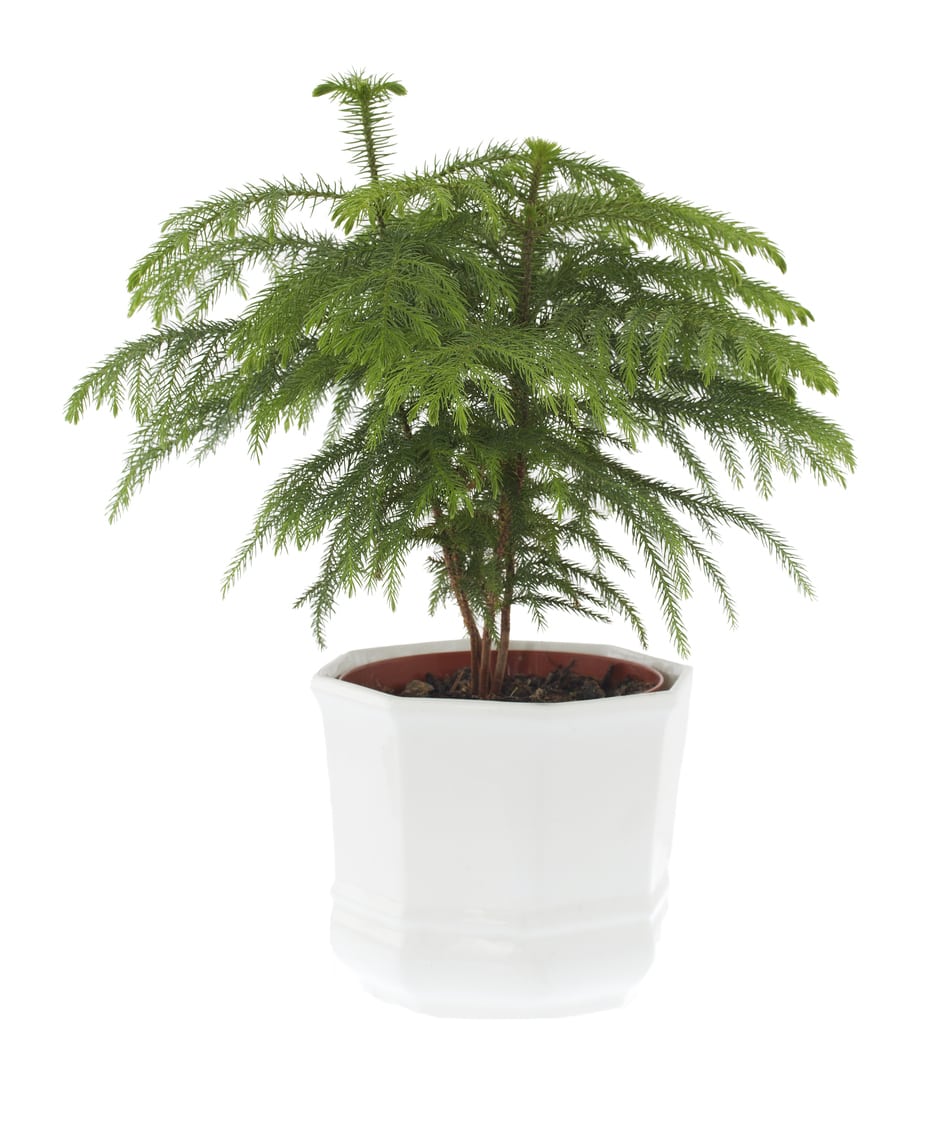 Propagating Norfolk Pines: How To Propagate Norfolk Pine Trees
Propagating Norfolk Pines: How To Propagate Norfolk Pine TreesNorfolk Island pines are graceful, ferny, evergreen trees. Their beautiful symmetrical growth habit make them popular indoor plants. Propagating Norfolk pines from seeds is definitely the way to go for creating more of these plants. Click here for more info.
By Teo Spengler
-
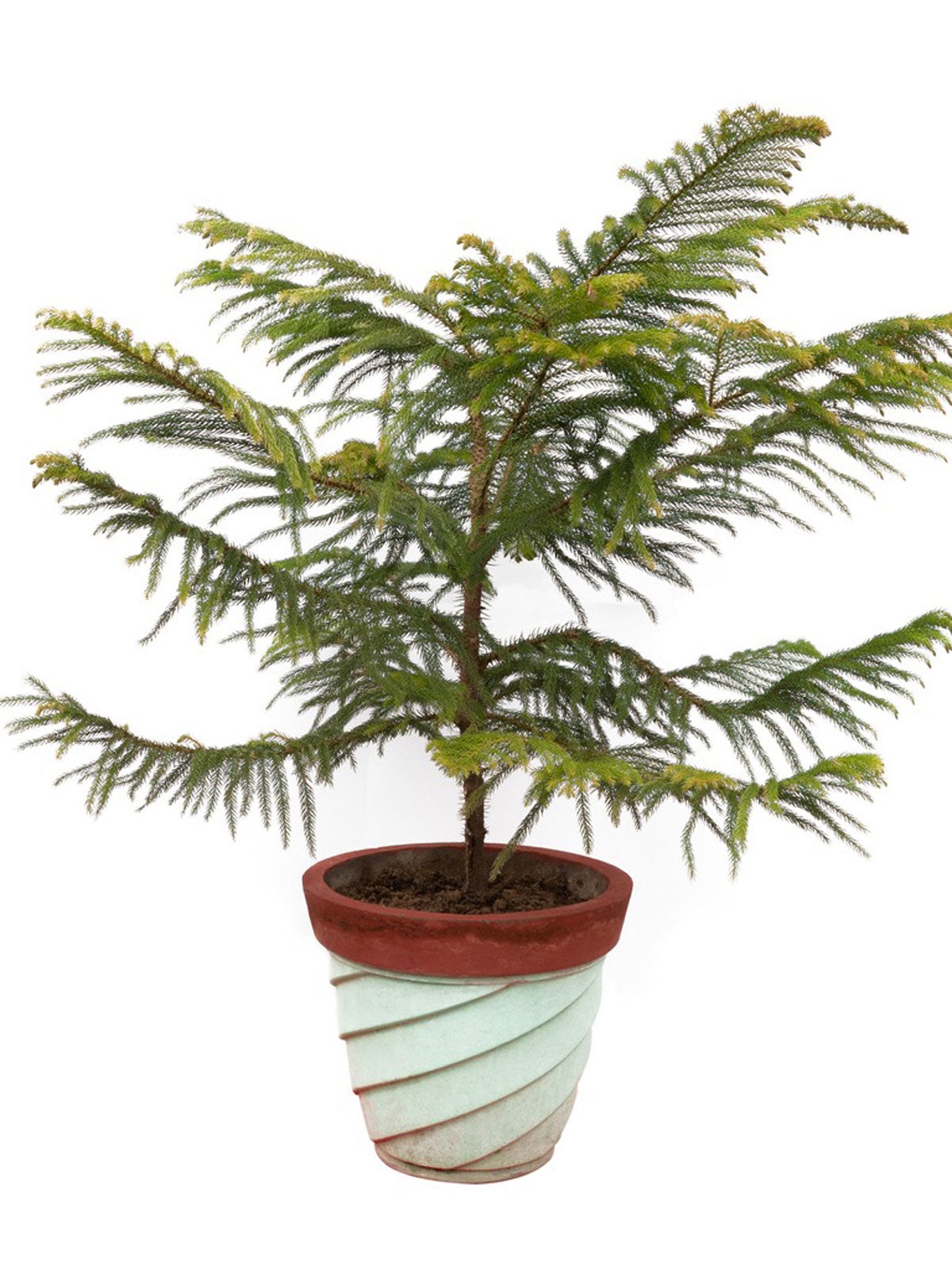 Norfolk Island Pine Pruning: Information On Trimming A Norfolk Island Pine
Norfolk Island Pine Pruning: Information On Trimming A Norfolk Island PineIf you want to keep the container tree or transplant it outdoors, you may want to know about the pruning of Norfolk Island pine trees. Should you prune a Norfolk Island pine? Learn the ins and outs of Norfolk Island pine pruning in this article.
By Teo Spengler
-
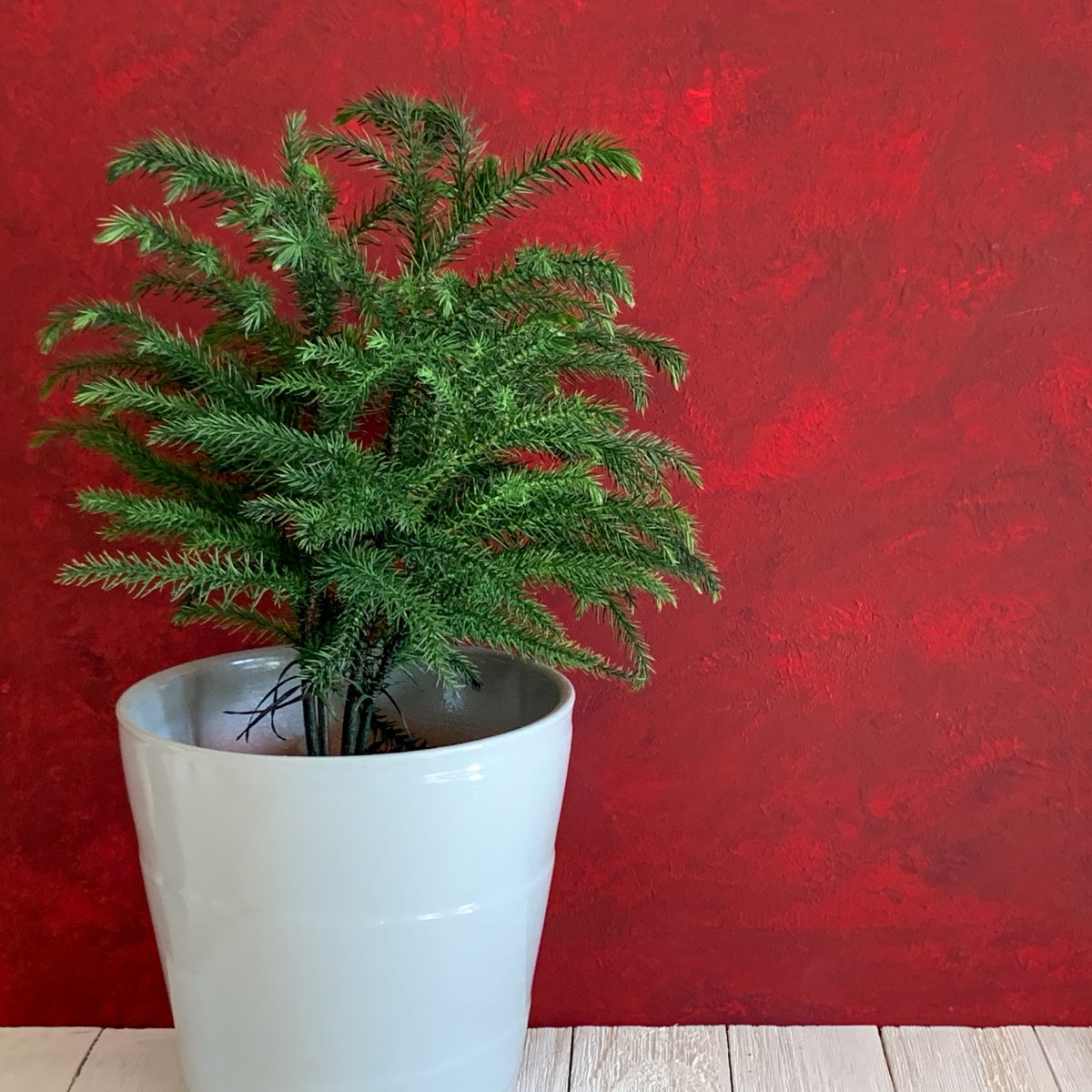 Norfolk Island Pine Care: Expert Tips For A Lush, Tropical Tree Indoors
Norfolk Island Pine Care: Expert Tips For A Lush, Tropical Tree IndoorsCaring for a Norfolk Island pine as an indoor plant requires a few specific conditions, but is well worth the effort. Here's how to do it.
By Heather Rhoades